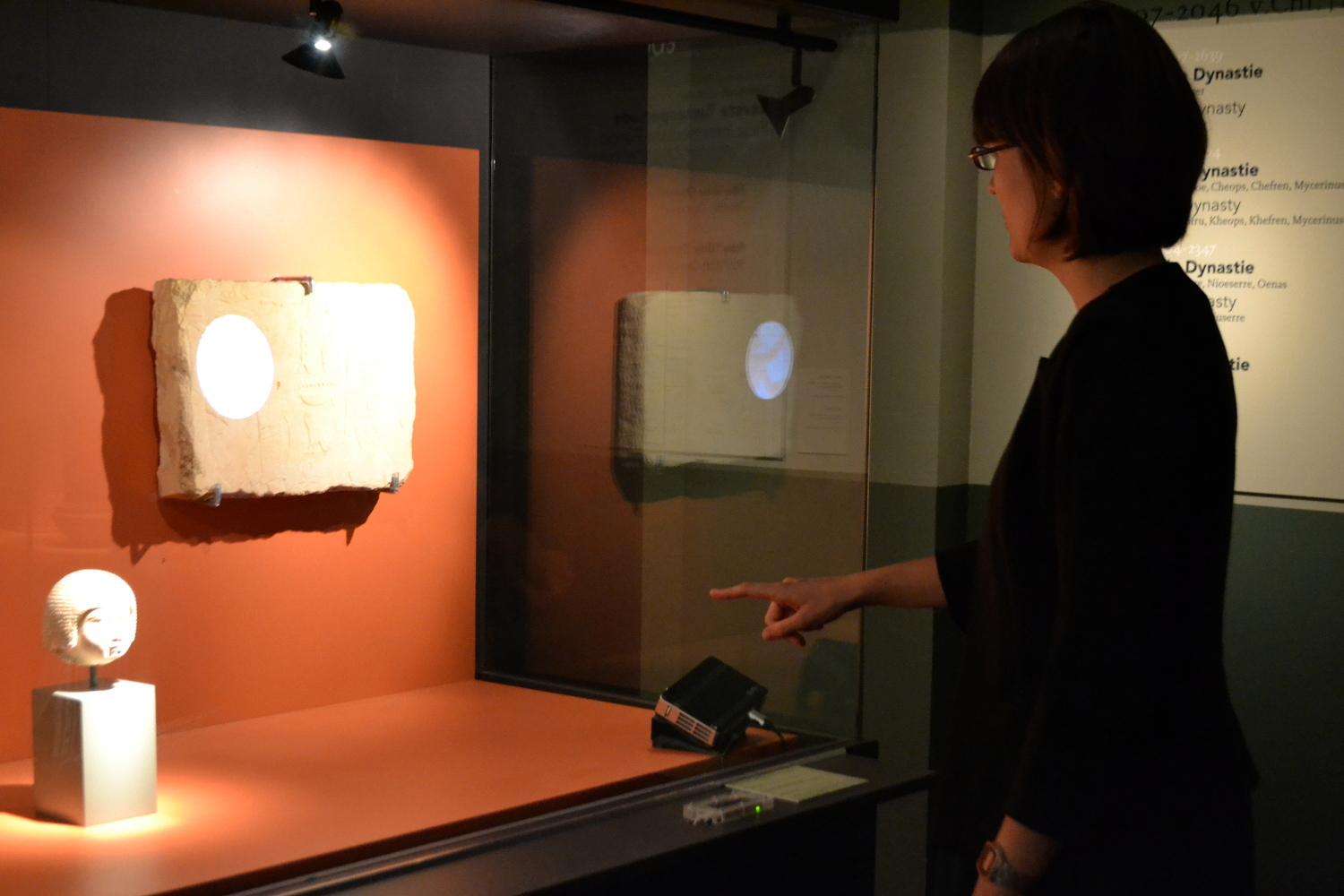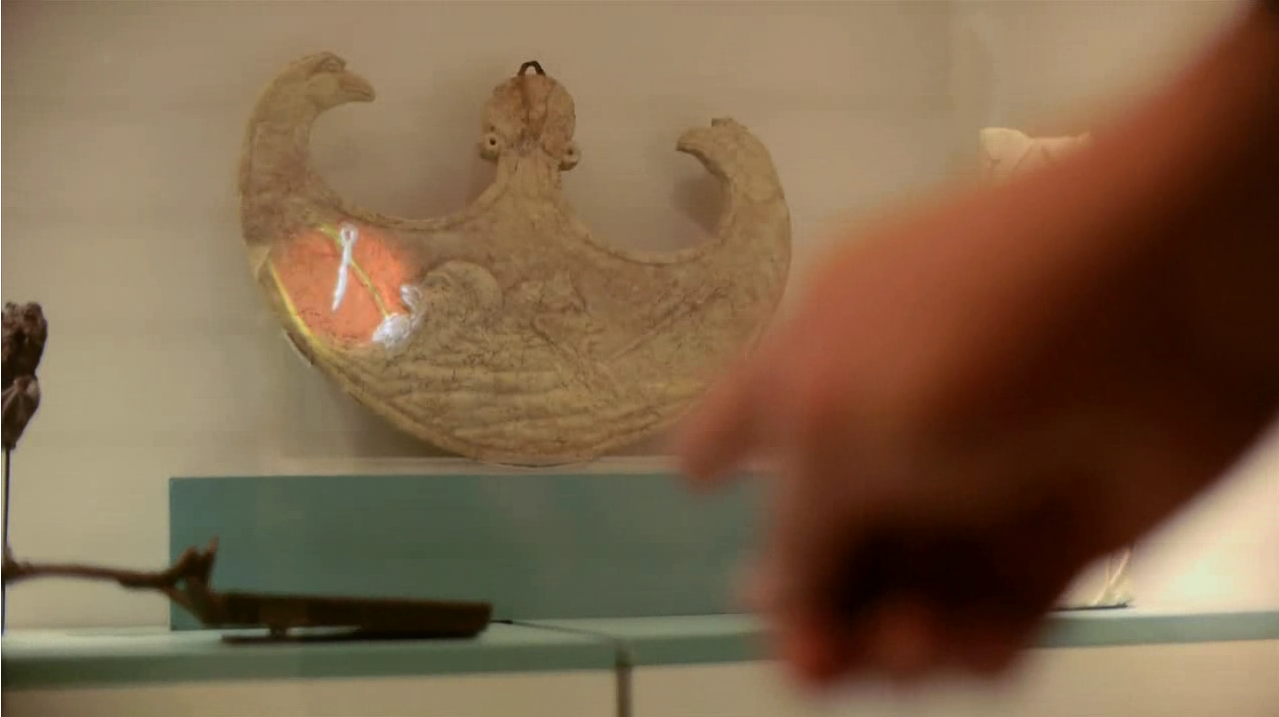Section: New Results
Acquisition and Display
Three-Dimensional, Dynamic, Full State Fluid Capture and Manipulation
Participant: I. Ihrke
We have explored [17] the connection between fluid capture, simulation and proximal methods, a class of algorithms commonly used for inverse problems in image processing and computer vision. Our key finding is that the proximal operator constraining fluid velocities to be divergence-free is directly equivalent to the pressure-projection methods commonly used in incompressible flow solvers. This observation lets us treat the inverse problem of fluid tracking as a constrained flow problem all while working in an efficient, modular framework. In addition it lets us tightly couple fluid simulation into flow tracking, providing a global prior that significantly increases tracking accuracy and temporal coherence as compared to previous techniques. We demonstrate how we can use these improved results for a variety of applications, such as re-simulation, detail enhancement, and domain modification. We furthermore give an outlook of the applications beyond fluid tracking that our proximal operator framework could enable by exploring the connection of deblurring and fluid guiding.
Measurements and Analysis of Retro-reflective Materials
Participants: L. Belcour, R. Pacanowski
We have compared [15] performance of various analytical retro-reflecting BRDF models to assess how they reproduce accurately measured data of retro-reflecting materials. We have also introduced a new parametrization, the back vector parametrization, to analyze retro-reflecting data and we have shown that this parametrization better preserves the isotropy of data. Furthermore, we have updated existing BRDF models to improve the representation of retro-reflective data. This work was supported by the development of the ALTA library [23] .
Kaleidoscopic Imaging
Participants: I. Reshetouski, I. Ihrke
Kaleidoscopes have a great potential in computational photography as a tool for redistributing light rays. In time-of-flight imaging the concept of the kaleidoscope is also useful when dealing with the reconstruction of the geometry that causes multiple reflections. Our work [13] is a step towards opening new possibilities for the use of mirror systems as well as towards making their use more practical. The focus of this work is the analysis of planar kaleidoscope systems to enable their practical applicability in 3D imaging tasks. We have analyzed important practical properties of mirror systems and developed a theoretical toolbox for dealing with planar kaleidoscopes. Based on this theoretical toolbox, we have explored the use of planar kaleidoscopes for multi-view imaging and for the acquisition of 3D objects [90] . The knowledge of the mirrors positions is crucial for these multi-view applications. On the other hand, the reconstruction of the geometry of a mirror room from time-of-flight measurements is also an important problem. We therefore employ the developed tools for solving this problem using multiple observations of a single scene point.
Interactive Spatial Augmented Reality
|
Participants: B. Ridel, P. Reuter, X. Granier
We have proposed the Revealing Flashlight [21] , a new 6-degree-of-freedom interaction and visualization technique in spatial augmented reality that helps to reveal the details of cultural heritage artifacts. We locally and interactively highlight them by projecting an expressive visualization. The Revealing Flashlight can be used by archaeologists, for example, to help decipher inscriptions in eroded stones, or by museums (cf. Figure 10 ) to let visitors interactively discover the features and meta-information of cultural artifacts. A permanent exhibition is now running at the Allard Pierson Museum, and others museums are asking us to set-up similar installations. It was part of the final trans-European showcase of the V-MusT.net project.




